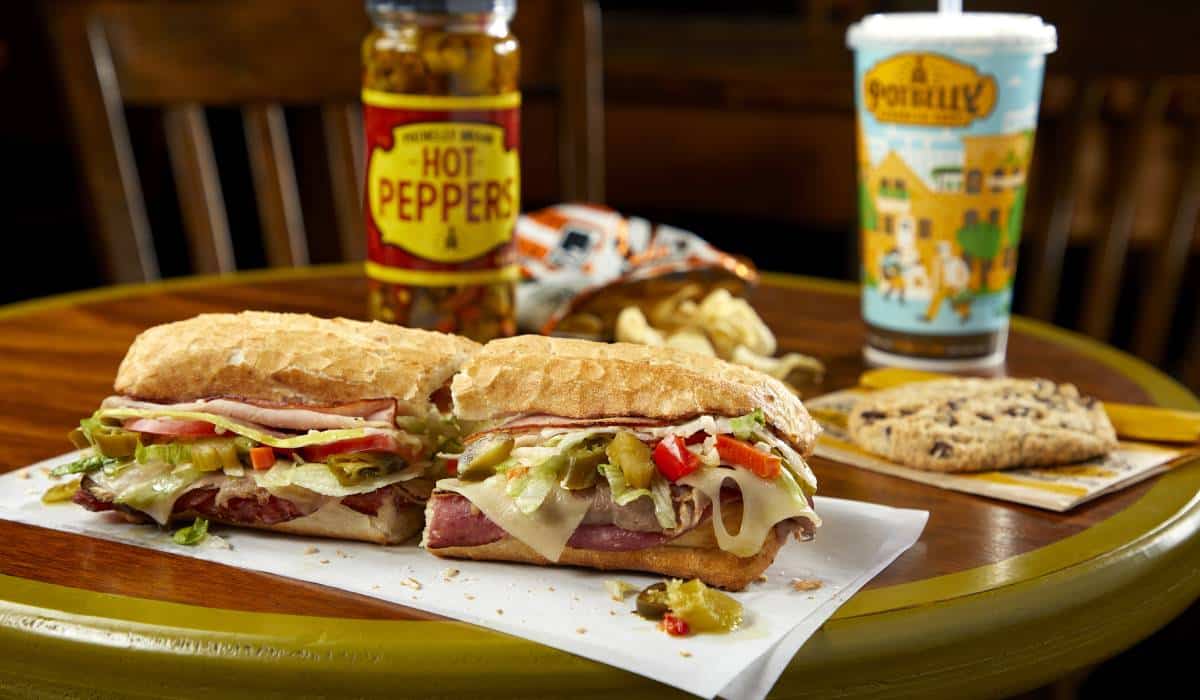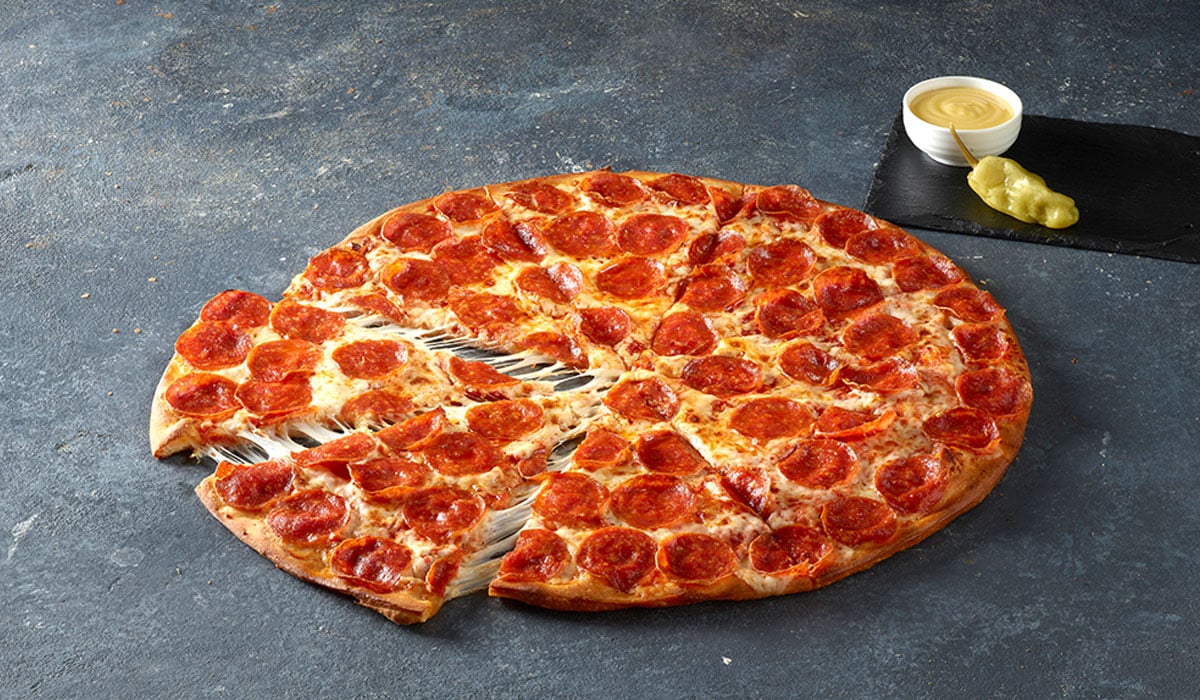Last week’s decision by the New York City Board of Health to give restaurants sanitation grades and require them to publicly display their “report cards” garnered mixed reactions from operators.
“Like everything else, it’s change and it’s something you worry about,” says Mike Savini, director of operations for Hale and Hearty Soups, which has more than 20 locations in the city. “But as much as I hate to admit it, I can’t say it’s a bad thing.”
Savini’s wary trust of city restaurant policy comes after decisions to implement smoking bans and require some chains to post calorie counts have not come back to bite Big Apple eateries.
“Honestly, from an operator’s standpoint, the grading system is probably a good thing,” he says. “It will probably force some subpar operators to step up their game.”
Inspection reports today are pass/fail and posted on the health department’s Web site. Under the new system, which is set to take effect in July, restaurants can receive an A, B, or C based on the number of demerits they receive during a sanitation inspection, and they are required to display their grades near their front doors.
Restaurants receiving a B or C do not have to post their grades for 30 days, following a second inspection. A-graded restaurants can display their mark immediately and are subject to less-frequent follow-up inspections than their lower-scoring peers.
Alan Dell, owner of Katz Deli, calls the grading measure a “super important” step in boosting customer peace of mind.
“I’m happy about it,” Dell says. “Now you’ll feel comfortable and safe when you go out to eat.”
But not everyone shares Dell’s enthusiasm. The state restaurant association opposed the measure on the ground that it would unfairly harm restaurants that were safe to eat at but not necessarily spic-and-span.
“There are only two grades that count, pass or fail, open or closed,” says the association’s lawyer, Rob Bookman, who professes a “philosophical opposition” to sanitation grading.
“Once you’re safe enough to be open, we don’t get what they’re trying to say between an A, B, and a C,” he says. “‘This place is safe to eat at but maybe it’s a little dirty’?”
Bookman also says sanitation grades depend in part on what he considers irrelevant criteria, “such as a leaky faucet or a light bulb that’s out.”
Health department associate commissioner Elliott Marcus says the department is planning to revise the criteria. As for leaky faucets, he says they “make it so that when you close up at night, mice know exactly where to go for a drink.”
Tainted restaurant food causes several thousand hospitalizations in New York City each year and as many as 10,000 emergency-room visits, according to city figures. The health department says the reform measure will help lower these numbers.
After Los Angles implemented a similar grading system, the department says, the number of restaurants meeting the highest food-safety standards rose from 40 percent to more than 80 percent.
“What we saw with places that had letter-grading systems was that in a short period of time, restaurants in a very dramatic way began complying better with health-code requirements,” Marcus says.
Under the new system, about 30 percent of the city’s restaurants would qualify for A grades, 40 percent would get Bs, and 26 percent would get Cs, according to a health department release. Marcus expects the reform to significantly improve those scores.
“Within two years we’ll see over 80 percent of our restaurants with a letter-grade of A, and I hope shortly after that we can push it over 90 percent,” he says.
But Bookman says the measure’s primary impact will be to harm the city’s reputation.
“They’re not doing New York City, one of the food capitals of the world, a favor by having two-thirds of restaurants, according to their current estimate, having a B or C grade on their windows,” he says. “We think that says more about their inspection process … than it says about the restaurants of New York City.”
The fact that the measure passes during a sluggish economy “adds insult to injury,” Bookman says.
Like operators, New York restaurant-goers are of two minds on the measure.
“Hopefully it will force restaurants to have a higher grade of sanitation,” says Rachel Ramsay, who lives in Lower Manhattan. “Honestly, if the restaurant I’ve been going to for six years is rated a C, I probably will still eat there. If it’s a place I’ve never been, then I may be hesitant.”
Alice Spear, who lives in Brooklyn, says she’d rather not know at all. “If it doesn’t make me sick, then it’s OK to eat.”













